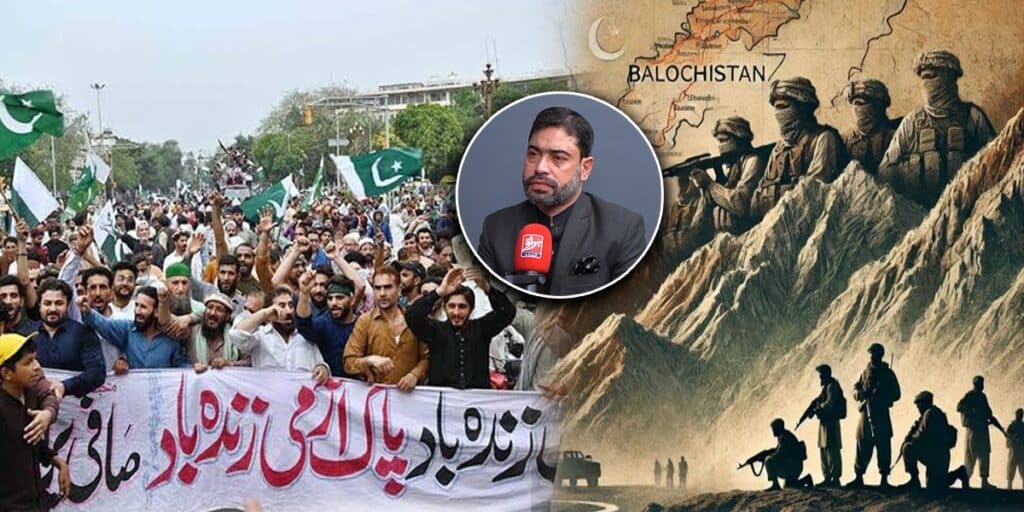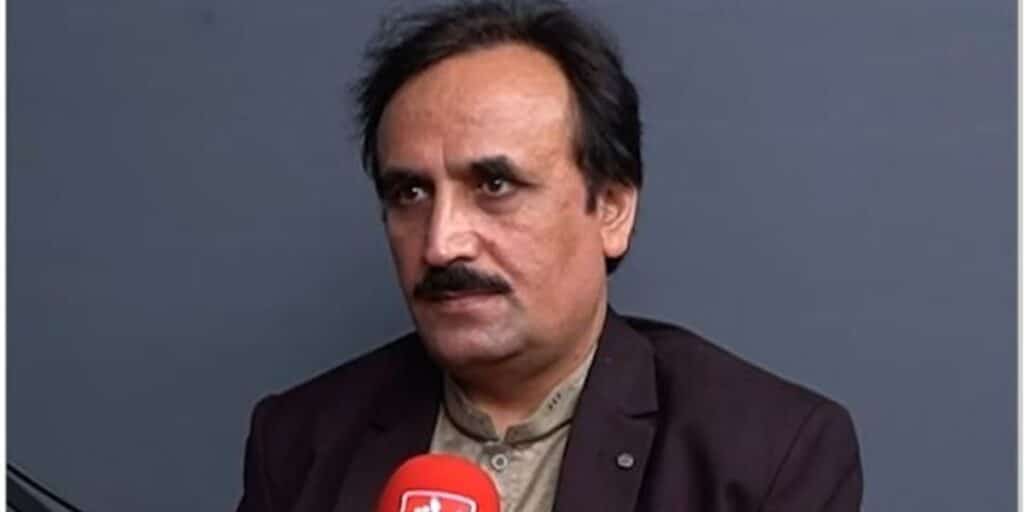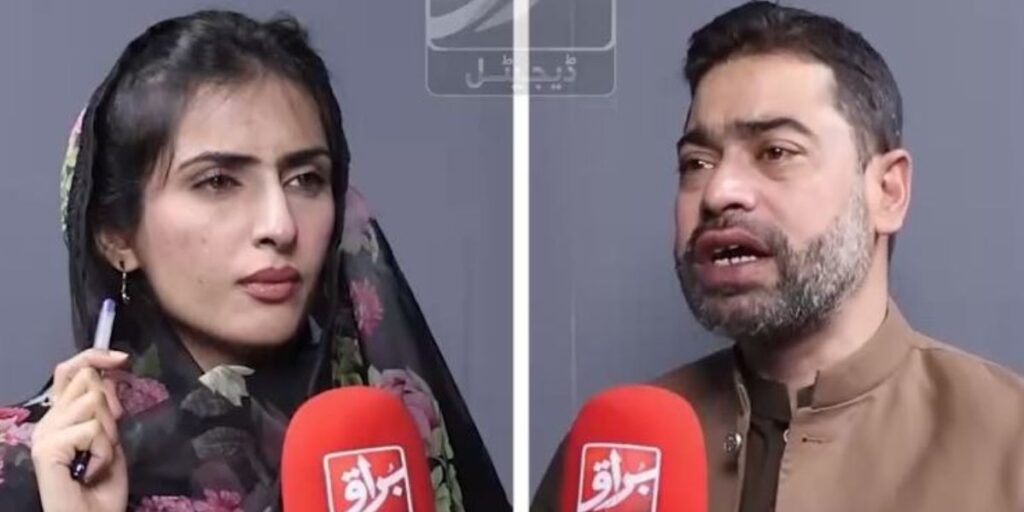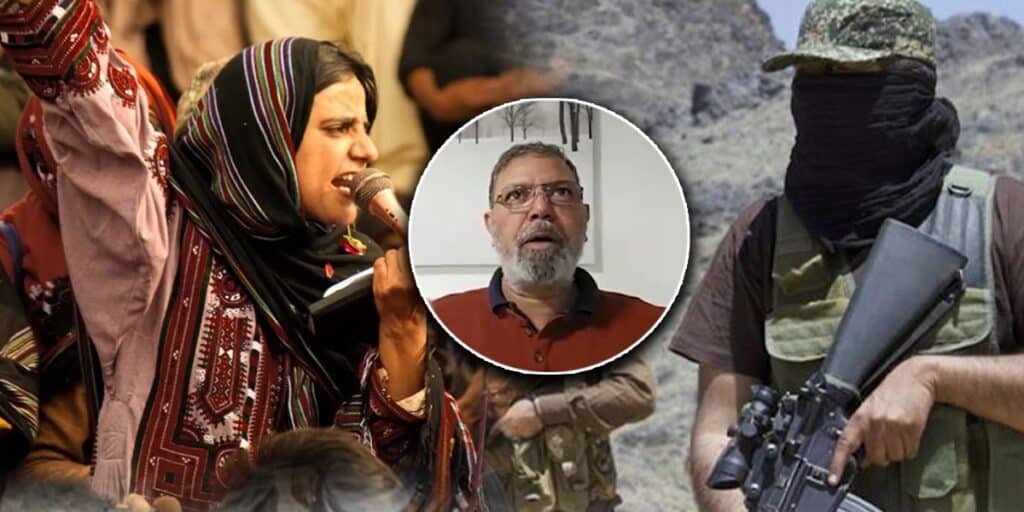By: Babar Yousafzai
Balochistan, for far too long, has been trapped in a vicious cycle of violence, fear, and misinformation, largely fueled by foreign-sponsored terrorist networks and disinformation campaigns. But today, the tide is turning. Our security forces have launched decisive, intelligence-based operations across critical districts like Nushki, Kalat, Bolan, and Loralai. The objective is clear: dismantle the infrastructure of India-backed militant proxies operating under the guise of local insurgency.
Nushki: A Strategic Battleground
The renewed focus on Nushki is not accidental. Located roughly 120 kilometers south of Quetta and bordering Afghanistan, Nushki serves as a key entry and exit point for militants. It’s also the hometown of Bashir Zeb, the current commander of the Balochistan Liberation Front (BLF). His influence has turned this district into a hub of separatist planning and propaganda. But recent operations have resulted in the elimination of dozens of militants, including top BLF operatives who were directly involved in killing innocent civilians based on ethnic identity.
Among those neutralized was Sufyan Kurd, also known as “Chairman Shayan,” who was ironically once the head of a student body studying in Punjab under a state-sponsored scholarship. How tragic that individuals educated at public expense later choose the path of terrorism against the very state that invested in them. This is not an isolated case—activists like Dr. Mahrang Baloch, too, have benefited from public resources only to align with anti-state elements.
State Betrayed, Yet Steadfast
The Pakistani state has never hesitated to invest in Balochistan’s youth. We have sent thousands of students abroad on scholarships, and countless others have studied in top universities across Punjab and Sindh. These efforts aim to bridge the sense of deprivation often echoed in separatist narratives. Unfortunately, terrorist networks exploit these very sentiments, offering false promises and painting delusional pictures of an independent Balochistan—a fantasy sold at the cost of young lives.
The Role of Indian Propaganda Machines
India’s disinformation warfare plays a pivotal role in sustaining unrest in Balochistan. Twitter accounts such as “Behod Baloch” and “Balochistan Facts”—often managed from Indian soil—spread lies, exaggerate human rights claims, and distort the reality on the ground. Their focus on Nushki is strategic: to amplify fear, distract from military successes, and mask their losses. When Indian-sponsored militants are neutralized, their handlers in New Delhi cry foul—not out of concern for human rights, but to cover the collapse of their proxy assets.
Fear vs. Resistance: The Local Dilemma
It is true that the mountainous, rugged terrain of Balochistan and the widespread fear among locals have long served as a cover for terrorists. Residents who even hint at cooperating with the state are often killed. Recently, two innocent young men were labeled “ISI agents” and executed by BLF-linked groups—acts clearly meant to silence local dissent and punish patriotism.
But change is underway. More and more patriotic Baloch are speaking up. They are naming names—Bashir Zeb, Allah Nazar—and rejecting the militant romanticism that once dominated the narrative. This shift is due in large part to platforms like Burraq Digital, which has fearlessly exposed the truth behind separatist myths. The state’s job now is to amplify this truth.
Deconstructing the ‘Missing Persons’ Narrative
The so-called “missing persons” campaign has been the cornerstone of BLA and BLF recruitment. Influential voices like Mahrang Baloch have exploited these issues to radicalize young minds. But the reality is that many of the so-called “missing” were either killed in intra-group rivalries, died in Afghanistan, or went underground after joining terror groups. They were not abducted by the state, as the narrative suggests, but absorbed by the very militant networks crying foul.
The Final Push: From Terrain to Twitter
The battle for Balochistan is no longer just in the mountains—it’s on screens, in minds, and on timelines. It is a battle of narratives. And for the first time in years, the state is fighting back—with facts, with voices from within Balochistan, and with unwavering resolve.
Yes, there are challenges. But there is also a clear path forward. If intelligence-based operations continue, if foreign handlers are brought to justice, and if the people of Balochistan are reassured that the state is their partner—not their enemy—we can expect long-term peace within the next few months.
To achieve that, we must end the myth that these militants are “freedom fighters.” They are not. They are proxies—fighting someone else’s war, funded by someone else’s coin, spilling blood on Balochistan’s soil.
And the people of Balochistan are waking up to that truth.





